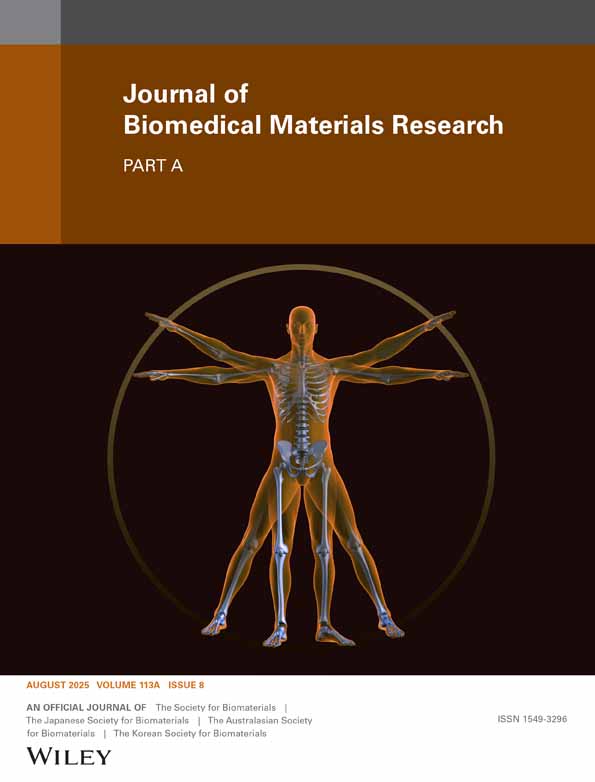Biological protein-resistance layer construction of recombinant hirudin on polymethyl methacrylate IOL surface
Abstract
In this article, the surface of intraocular len material PMMA was first aminated for activation on which some polar groups generated such as CN, COO−, OH, NH3+, etc. Then the anticoagulant drugs recombinant hirudin (rH) was grafted with amido bonds to look forward to resist the adsorption of nonspecific protein or cells in tear, even the cataract. The detailed analysis and discussion about the grafting quantity, molography, wettability, electric charges, chemical structure, and the dynamic adsorption of protein Fn on the material surface were carried on by the technology of ultraviolet photometric, contact angle, solid Zeta potential, X-ray photoelectron spectroscopy, and quartz crystal microbalance. The surface with a certain amount of rH modification existed more hydrophilic due to the amphiphilic structure than before, on which the protein adsorption was the most unstable. The results indicated that the rH modification improved the resistance of PMMA to nonspecific adsorption of protein Fn to achieve the expectative effect. © 2014 Wiley Periodicals, Inc. J Biomed Mater Res Part A: 103A: 878–886, 2015.




